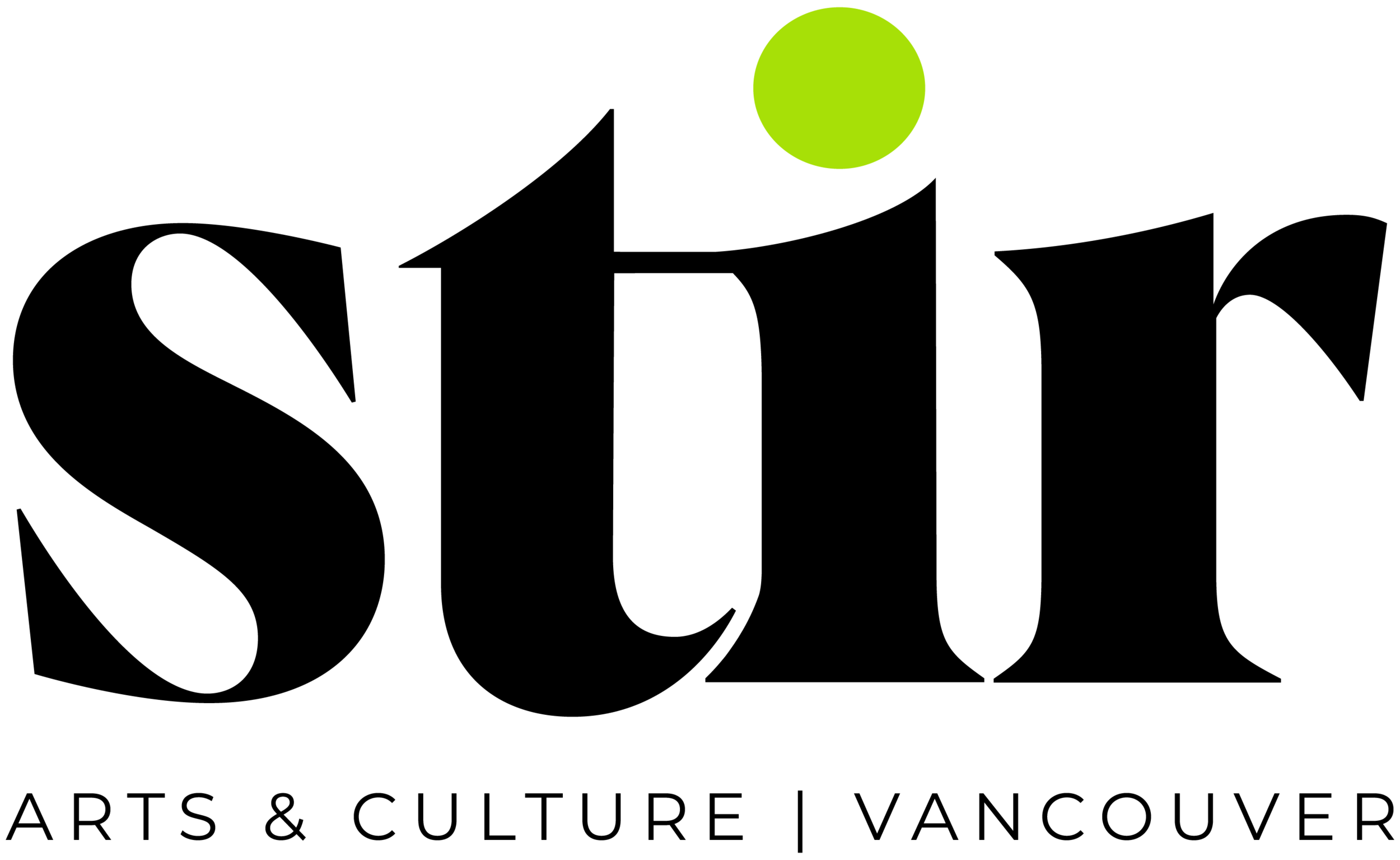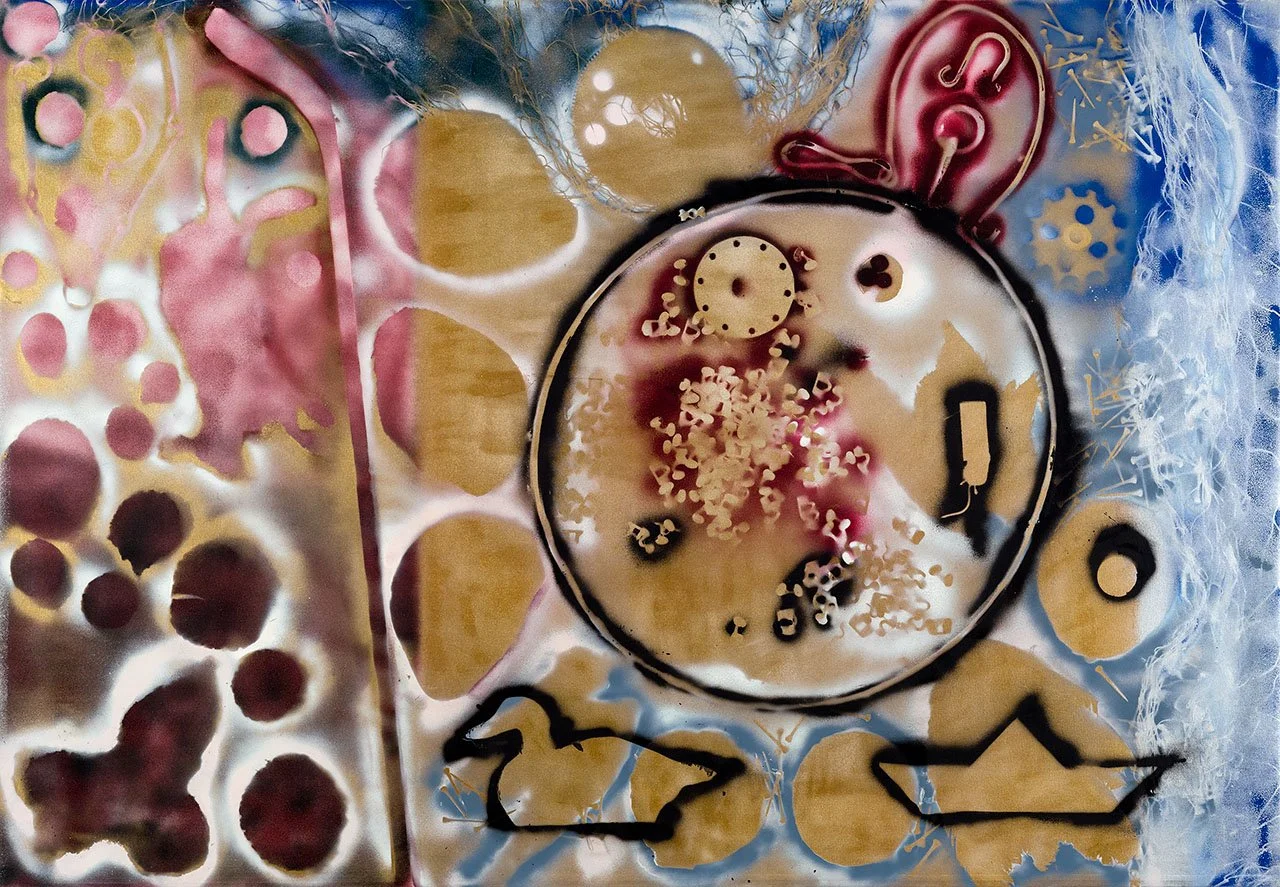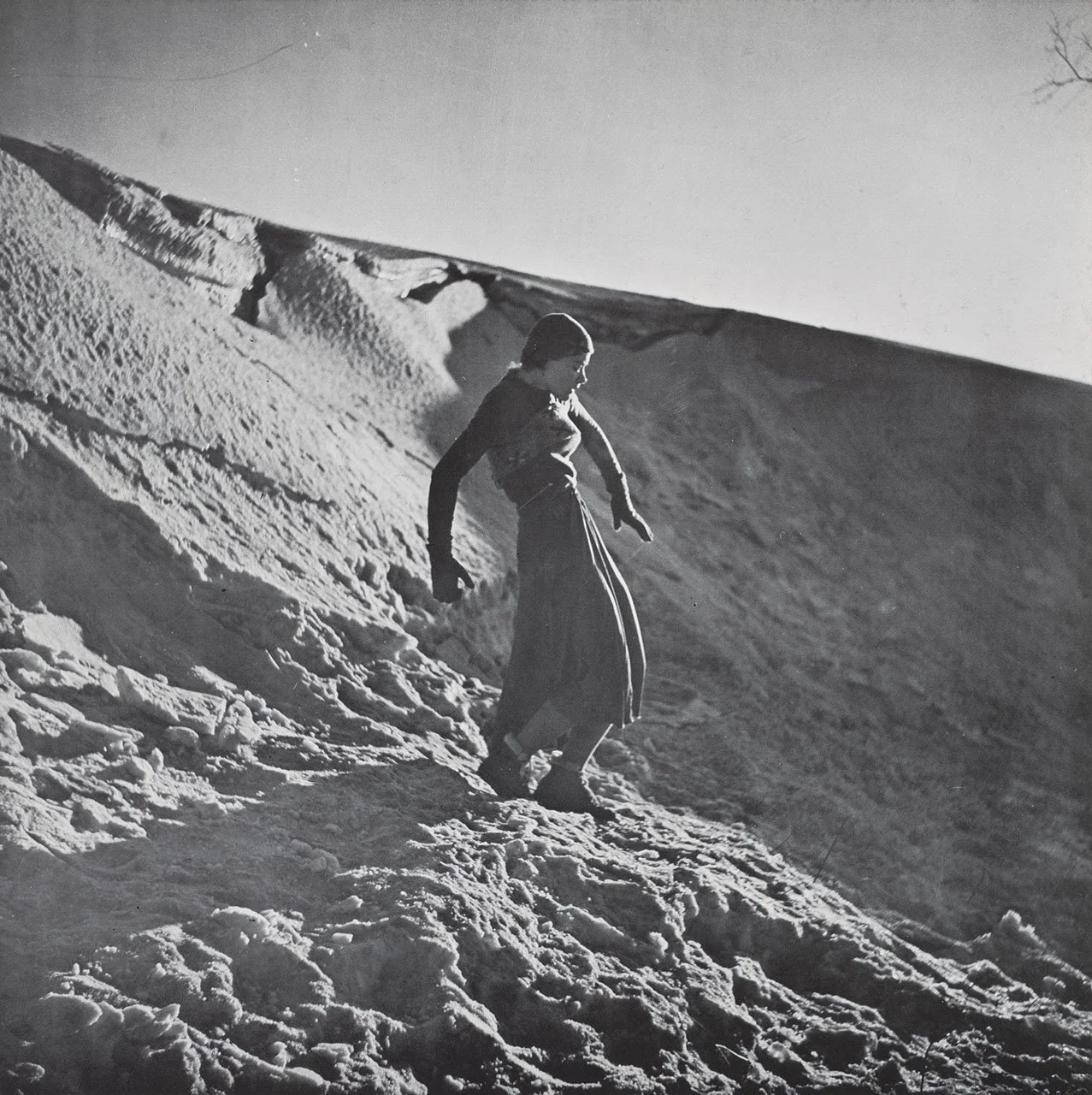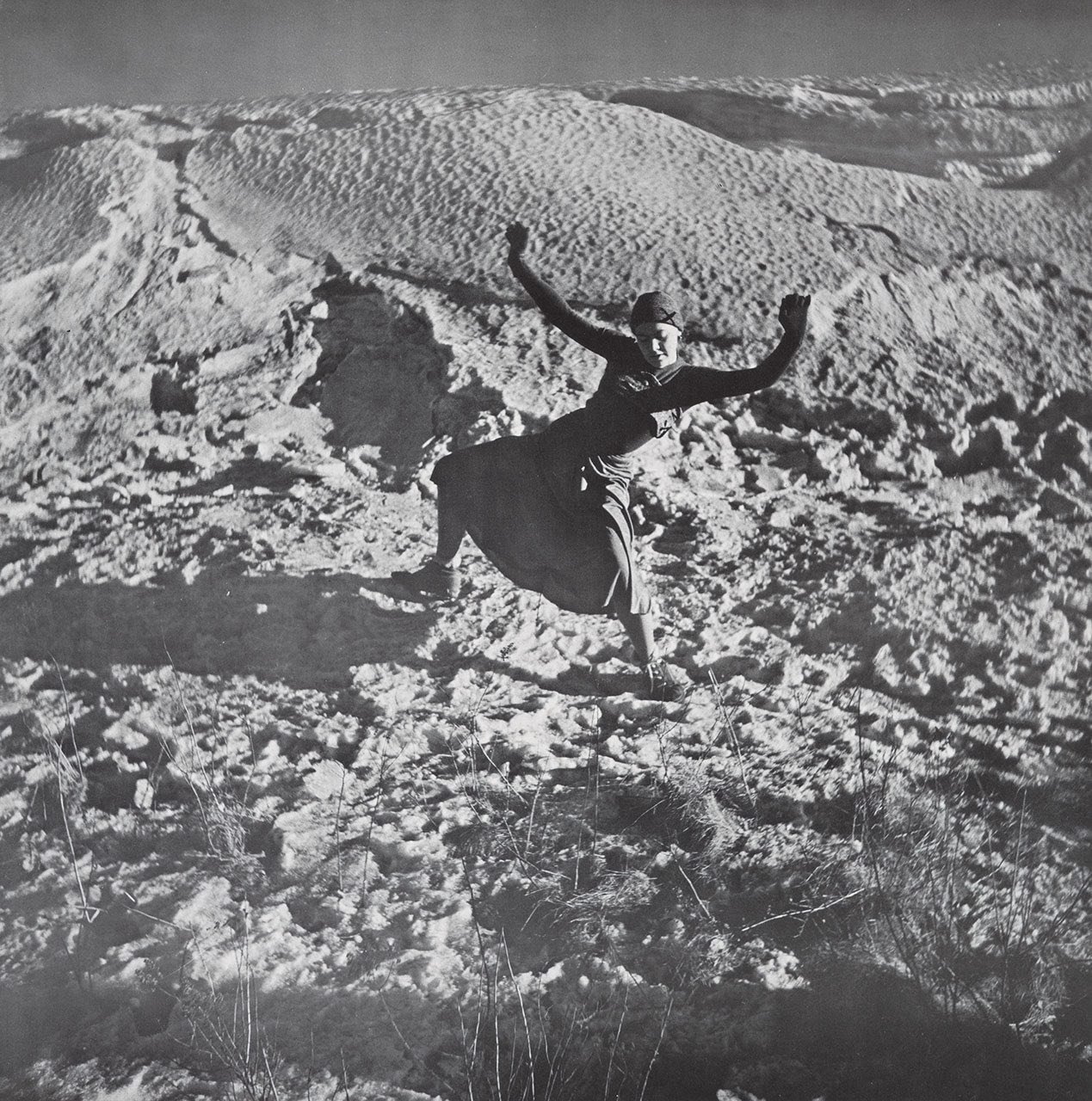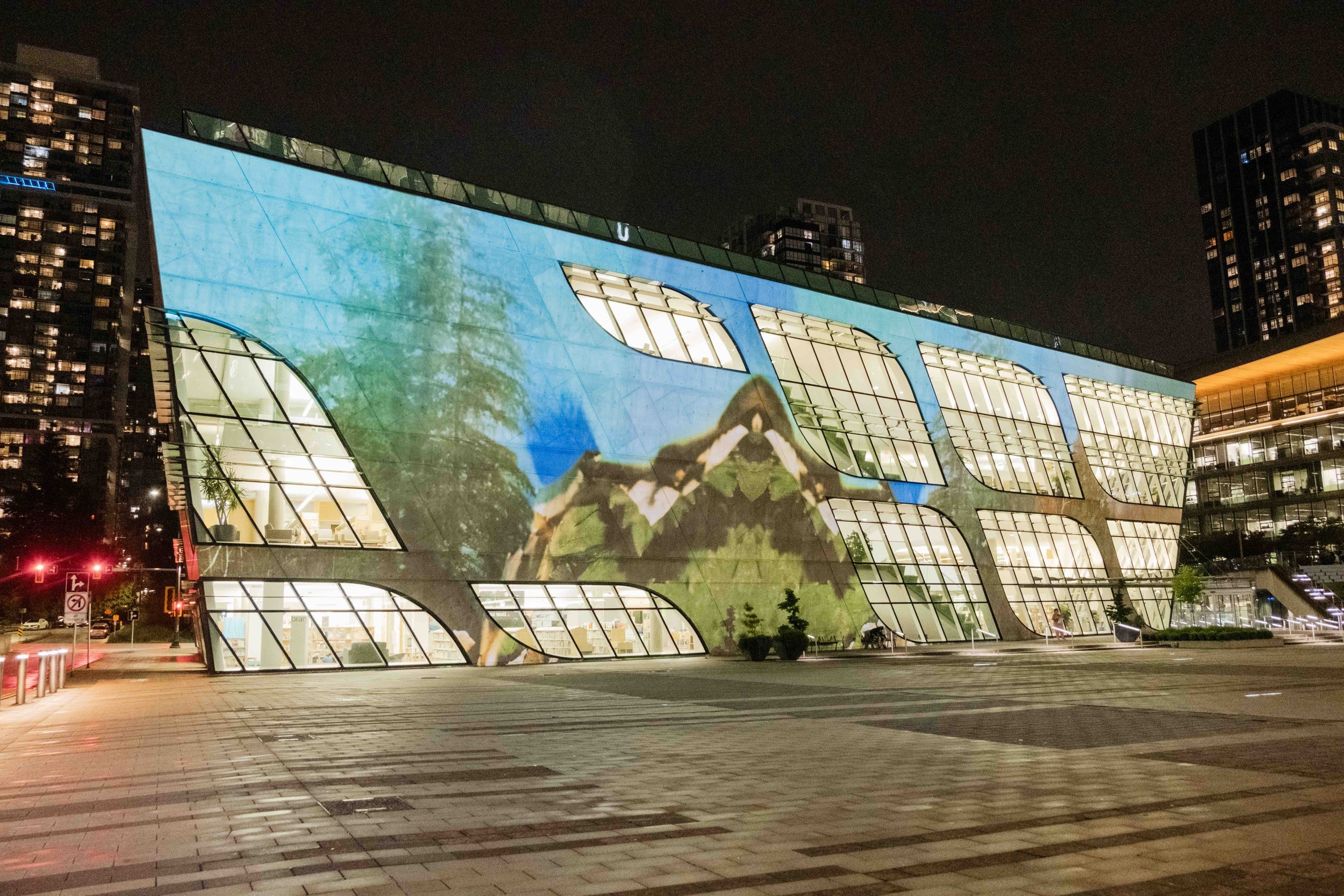Monumental exhibition Riopelle: Crossroads in Time preserves a Québécois abstract artist's legacy
At the Vancouver Art Gallery, Jean Paul Riopelle retrospective covers five decades of his work, from 1942 to 1992
Jean Paul Riopelle’s Chicago II, 1958, oil on canvas. Transfer in favour of a special contribution of the Ministère de la Culture et des Communications du Québec (2001.154). © Succession Jean Paul Riopelle/CARCC Ottawa 2025. Photo by Idra Labrie, courtesy of MNBAQ
The Vancouver Art Gallery presents Riopelle: Crossroads in Time to September 1
“THIS IS A HUGELY exciting moment,” Anthony Kiendl, former CEO and executive director of the Vancouver Art Gallery, said during a preview tour of Riopelle: Crossroads in Time. “It’s the grand finale of our centenary celebrations, and this is the most important and comprehensive celebration of a Canadian artist that this country has ever seen.”
Those who have had a chance to visit the exhibition since its opening on March 21 would probably agree. Sweeping in scale, it’s an homage to late Québécois artist Jean Paul Riopelle, with five decades of his work on display in chronological order throughout the gallery. Vancouver is the final stop on a major national tour of the retrospective, which was organized by the National Gallery of Canada and the Jean Paul Riopelle Foundation to mark the centenary of the artist’s 1923 birth.
Riopelle, who passed away in 2002 at age 78, began his education at Montreal’s École du meuble in 1943. It was there that he met painter Paul-Émile Borduas, who later led him to join the influential Québécois artists’ group Les Automatistes and sign its landmark anti-establishment manifesto “Le Refus Global”. Riopelle spent a significant portion of his later life in Paris and went on to become one of the most acclaimed Canadian artists in Europe at the time.
Though he’s well-known in his home province of Quebec, many folks here on the West Coast weren’t as familiar with Riopelle’s art until recently. B.C. audiences got a taste of his work at the Audain Art Museum in 2021, when it hosted the travelling exhibition Riopelle: The Call of Northern Landscapes and Indigenous Cultures, and then at the Orpheum last spring, when the Audain Foundation presented the Vancouver Symphony Orchestra and Vancouver Bach Choir’s extravagant multidisciplinary concert Riopelle Symphonique.
Now, at the Vancouver Art Gallery, visitors can see a full survey of Riopelle’s artworks. When you enter the exhibition, you’re met by the bold, colourful style that characterized his formative years as a painter; then you observe how his peers and travels drove his constant evolution as an artist, with a gradual introduction of sculpture and multimedia. And finally, you get a sense of the massive ground he covered over the course of his career with the last works in the exhibition, which feel decidedly celebratory with the inclusion of materials like glitter and spray paint.
Jean Paul Riopelle’s Sans titre (Autour de Rosa) (Untitled [Around Rosa]), 1992, mixed media on canvas. Collection of André Desmarais and France Chrétien-Desmarais. © Succession Jean Paul Riopelle/CARCC Ottawa 2025. Photo courtesy of the archives of Catalogue raisonné Jean Paul Riopelle
“What I wanted to show is the diversity of his practice,” said art historian and independent researcher Sylvie Lacerte, who curated the exhibition. “He never stayed in a comfortable position. He didn’t sit on his laurels. He wanted to explore, and he had a vision of working with all mediums and iconography, if we can say that for abstract art.”
Riopelle’s 1942 painting Very Still Life, or Nature bien morte in French, kicks it all off. Created during time he spent with his teacher of many years, fellow Montreal-born artist Henri Bisson, the still-life work shows a velvet curtain–backed table covered in books, painting supplies, and a trumpet—but atop the pile of objects sits a human skull. It’s a very still life, indeed.
“That sense of humour never left him all his life,” Lacerte noted during the tour. “He was a prankster, he was a great storyteller.”
Fast-forward to the end of the exhibition, and that observation holds true. One of the last works on display, his 1992 mixed-media piece Sans titre (Autour de Rosa) (Untitled [Around Rosa]), features aerosol spray–painted silhouettes of a comical variety of objects. In red, black, blue, and white, there are outlines of a hockey stick, a duck, and—most interesting—a dead mouse caught in a trap.
In the middle of the exhibition, you’ll find several nods to his seeming fascination with owls. Look closely at the larger-than-life Femme hibou (Owl Woman), an iconic bronze sculpture cast in 1974, and you can see the rounded finger marks that shape each of the bird’s feathers. “Jean Paul was a very tactile person,” Lacerte said. “He liked the matter—la matière—and he was really interested in playing with that.”
Two more of his bronze owl sculptures designed around the same time, Hibou-pelle (Owl-Spade) and Hibou accompagné (Accompanied Owl)—the latter of which features the bird mounted against a wood-and-metal cart wheel, in reference to Marcel Duchamp’s kinetic sculpture Bicycle Wheel—reaffirm his affinity for the feathered creatures. Elsewhere, his Untitled series of 10 silkscreen prints from 1983 are abstract references to the flora and fauna he saw during his frequent trips to Île-aux-Oies on the St. Lawrence River. In one of the prints, an owl is visible; it stands out thanks to eyes made of paint-tube caps.
“I couldn’t care less about owls. Nor are they symbols,” Riopelle himself once told author and art curator Gilles Daigneault of his choice of subject matter. “I didn’t think about what they meant when I made them.” Though the pieces may not have held a deeper meaning for the artist at the time, they’re now representative of his lifelong relationship with nature.
Françoise Sullivan’s Danse dans la neige (Dance in the Snow), 1947 (printed 1977), offset lithograph on paper. Photo by Maurice Perron, collection of the Vancouver Art Gallery, gift of Max Wyman, © 2025 Françoise Sullivan
Françoise Sullivan’s Danse dans la neige (Dance in the Snow), 1947 (printed 1977), offset lithograph on paper. Photo by Maurice Perron, collection of the Vancouver Art Gallery, gift of Max Wyman, © 2025 Françoise Sullivan
There are many monumental works on display in Riopelle: Crossroads in Time. The 1958 oil painting Chicago II is a shining example of his signature “mosaic” style, with palette-knife swashes in criss-crossing primary colours that blend into new shades. Then there’s Le perroquet vert (The Green Parrot), a beloved oil painting from 1949 with abstract smears of green paint that—to the perceptive eye—resemble a parrot.
A few pieces by other artists shed light on the various phases of Riopelle’s career. Near the start of the exhibition, Danse dans la neige (Dance in the Snow) captures moments from a series of dance solos improvised by Françoise Sullivan, a friend of Riopelle’s and a fellow member of Les Automatistes. Dressed in a long skirt, boots, and a toque, she’s photographed by another friend and Automatiste artist, Maurice Perron, in the middle of vigorous movement atop an icy Quebec landscape in the dead of winter. (The whole ordeal was Riopelle’s idea, Lacerte says; although he filmed the solos, the footage was later lost.)
In all, the transition through the decades of Riopelle’s work, from 1942 all the way through to 1992, is seamless. As Jean-François Bélisle, director and CEO of the National Gallery of Canada, put it at the start of the tour, changes in Riopelle’s style happen oh-so-gradually as you walk through the VAG.
“Halfway through the exhibition, when you’re on the other side, you’re looking at works that are entirely different from what you see here,” he said, standing beside the skull-adorned Very Still Life. “But you never notice the transformation because it all happens so organically and beautifully.”
And that’s the perfect way to sum up Riopelle’s body of work: organic, beautiful, transformative. Crossroads in Time perfectly preserves all that the late Canadian artist was—and all that he will be to future generations. ![]()


